Getting Organized for Guided Reading
For teachers around the world, “Back to School” season is especially busy. Between getting READY for the school year (i.e., setting up classrooms, organizing resources & materials, getting lesson plans in order, etc.) and SURVIVING the first week of school (i.e., establishing classroom routines, getting to know your new students, keeping your sanity, etc.), it’s just… C.R.A.Z.Y.
To help manage the “crazy,” I decided to share a few of my “getting organized for guided reading” ideas and resources with you. Hopefully they can help you get started with small group instruction during the first few weeks!
Getting guided reading up and running shouldn’t be an overwhelming, painful task. Some teachers feel they can’t start their small group instruction until they have beginning-of-the-year data on every single student. For those classrooms, guided reading and small groups could be delayed for many weeks while assessments take over and pause instruction. My suggestion is to get started right away, if possible, and to use the spring data that you have. Yes, there may be some summer regression (or a lot, in some cases), but it gives you a starting point. You can always make adjustments as you collect up-to-date assessment data and get to know your students.
Grouping Your Students
Unless I have the past year’s anecdotal records or running records, I try to group the students initially by reading level. Later, I may change the groups to strategy groups or a combination of the two. It’s difficult to guess at which strategies your students will need until you have a chance to read with them or analyze past records.
Use a form like this one to help you map out groups. It’s a 2-page resource – one page is organized by colors and F&P levels, and the other page is completely blank so you can customize your own.
Want a copy of the form I use? It is FREE for my email subscribers. If you’d like to download this form, click here to subscribe (you will get the password via email). You will also receive exclusive access to my entire growing collection of free literacy resources! (If you’re already a subscriber, you may download the resource HERE.)
You don’t need to meet in a group with every student, every day. Create a rotating schedule and try to stick to it. You could even consider implementing 1:1 conferences versus regular guided reading groups. Pick what works for you and what you can manage!
Picking Texts for the First Week
If you’re not sure what text-level to pick for your groups, and you don’t already have a text in mind, you should consider starting your first round of guided reading with a poem. Poetry is a fun way to kick-start reading instruction at the beginning of the year and allows students to show off what they can do! Plus, most students could use a little fluency practice after a few months out of the classroom. You could even use the same poem for every group but differentiate the instruction. As you observe student reading behavior within the small groups, start filling-out an informal skills assessment for each student (TeacherVision has a great printable form here). A skills assessment will allow you to start monitoring each student’s level of proficiency with different oral reading skills and comprehension strategies. It will also help you plan strategy lessons for students while you’re still collecting assessment data.
If you’re looking for a fun “Back to School” poem to use, check out the partner poem I shared in a blog post a few days ago. A few other options are listed below!
Back to School Poetry:
- School Blues (Giggle Poetry) — I love this website!
- “Welcome Back to School” (Kenn Nesbitt, Poetry4Kids)
- Songs & Poems (CanTeach)
- Back to School Poems & Songs (DLTK)
- Back to School (Tooter4Kids)
Independent Tasks for Students
We use Daily 5 in my building, which helps build-up stamina and independence in students. I love this structure because, once it’s up and running, it allows teachers to work with small groups without interruptions. Of course, a structure like this takes TIME to model and practice at the beginning of the year, so your small group instruction may need to be modified for the first week or so. If you are not familiar with Daily 5, consider activities like literacy centers, task cards, or independent choice boards for your students to complete while you meet with your small groups. You could even have them work on back-to-school writing pieces like Hello School Year, Goodbye Summer poems.
Collecting Anecdotal Notes During Guided Reading
A big part of guided reading, especially in the beginning, is collecting and organizing anecdotal notes and informal assessments. Find a system that works for you! Some teachers use clipboards. Some teachers use mailing labels. I use a big binder and create tabs within the binder for each student. This only works if you have a small group table where it can stay (it gets VERY heavy!). I record anecdotal notes for each student and collect running records, sight word lists, student samples, etc. Sometimes I will jot a quick note on a post-it and will later transfer it to the anecdotal page, or I will create a summary page of anecdotal post-it notes for each student.
Want a copy of the anecdotal forms for guided reading I use? It is FREE for my email subscribers. If you’d like to download these forms, click here to subscribe (you will get the password via email). You will also receive exclusive access to my entire growing collection of free literacy resources! (If you’re already a subscriber, you may download the resource HERE.)
If you have access to an iPad, I’ve also used digital forms (Google Docs) or apps (e.g., Notability) that I can take type notes into. For the Google Doc form, once you submit notes for a student, it exports the data into a spreadsheet that you can sort, print, etc. I only used the iPads when I traveled around the classroom to the students (vs. them traveling to me) because the iPad was portable. In the end, I went back-and-forth between this and a sticky note system because I ended up typing WAY too slow. If you’re quick with the iPad keyboard, though, it’s a great way to organize anecdotal notes. (I blogged about how to do this last year! Check out the post here.)
Resources for Getting Started with Guided Reading
Are you looking for some professional resources to help you get started? Here are a few books that I’ve found to be a HUGE help in setting up guided reading in the classroom.
(Update 4/2017 — There is a new version available for teachers with actual videos of Jan Richardson teaching model lessons. Check them out: Next Step Guided Reading in Action K-2 and Next Step Guided Reading in Action 3-6. Also she came out with a Guided Reading companion book called The Next Step Forward in Guided Reading. You can check out the book plus the companion guide below!)
Getting organized and ready to start small group instruction is only half the battle, but dedicating time to create a system that works for you helps with running a smooth reading program throughout the year. I hope these resources help you as you navigate the first few weeks of guided reading.
Do you have any suggestions for getting organized? Feel free to comment with any tips, suggestions, or resources YOU have for getting started with guided reading!
—
(NOTE: This blog post was originally part of the “Blasting Off to a Great Year” blog hop. Check out all the blog posts in the series by hopping back to the first stop at Reading Toward the Stars, or visit the next blog post in the series with This Little Piggy Reads.)
—
Happy Teaching!
**This post contains affiliate links. Click HERE to learn what that means!


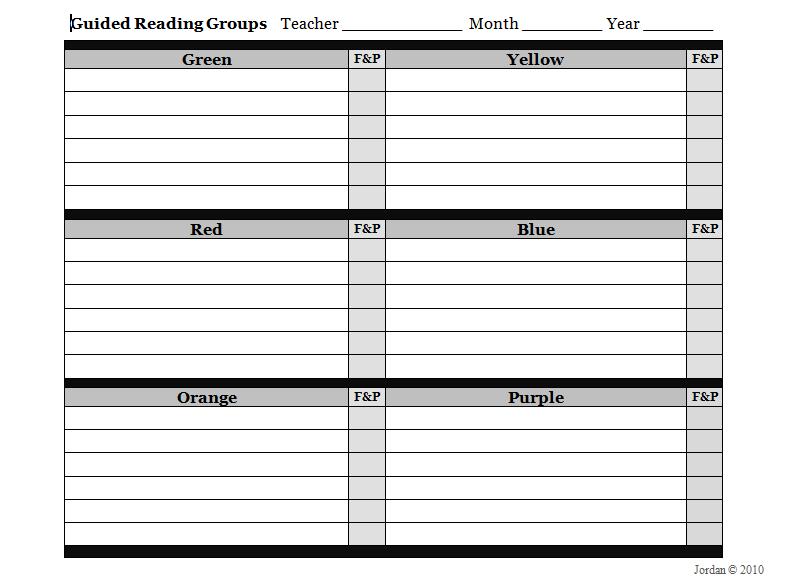
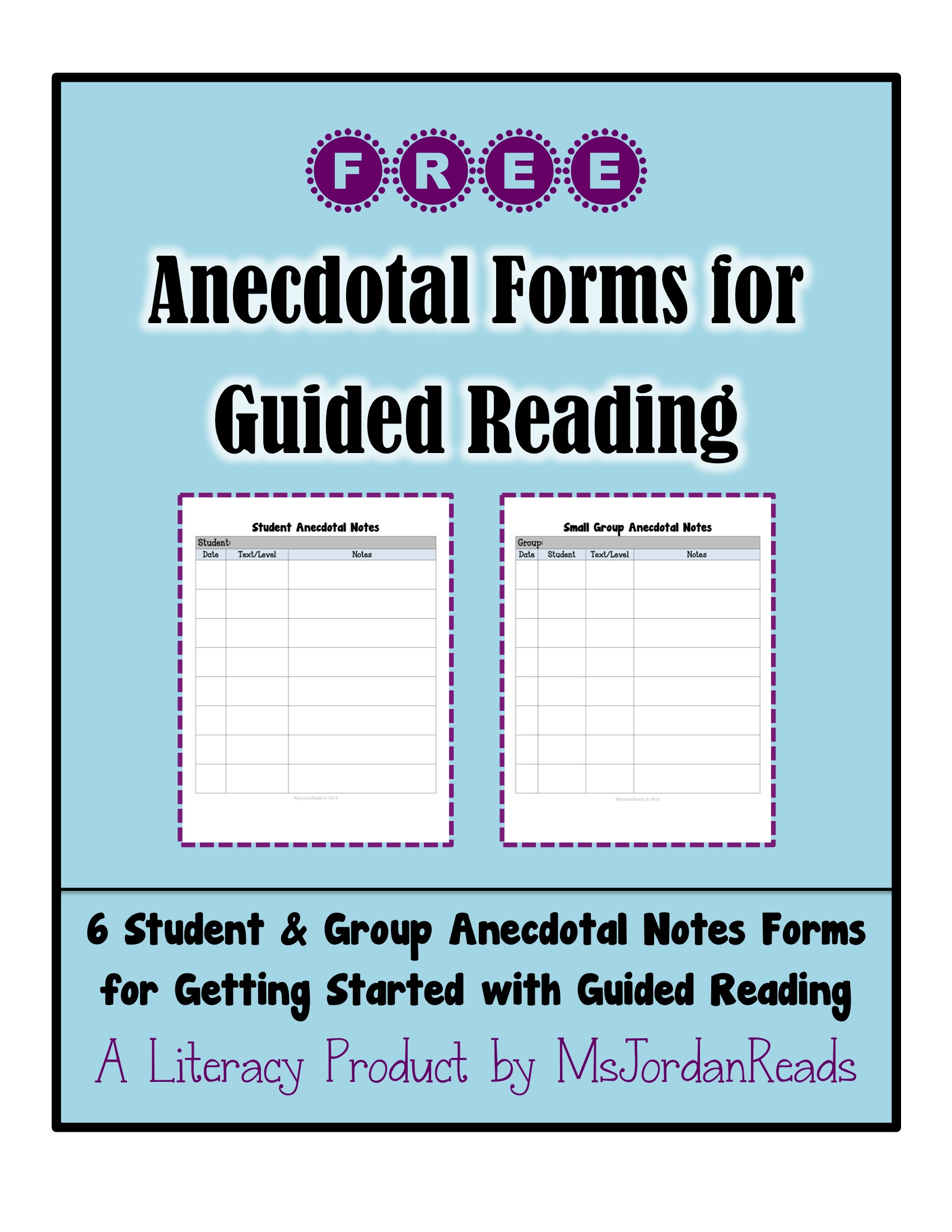




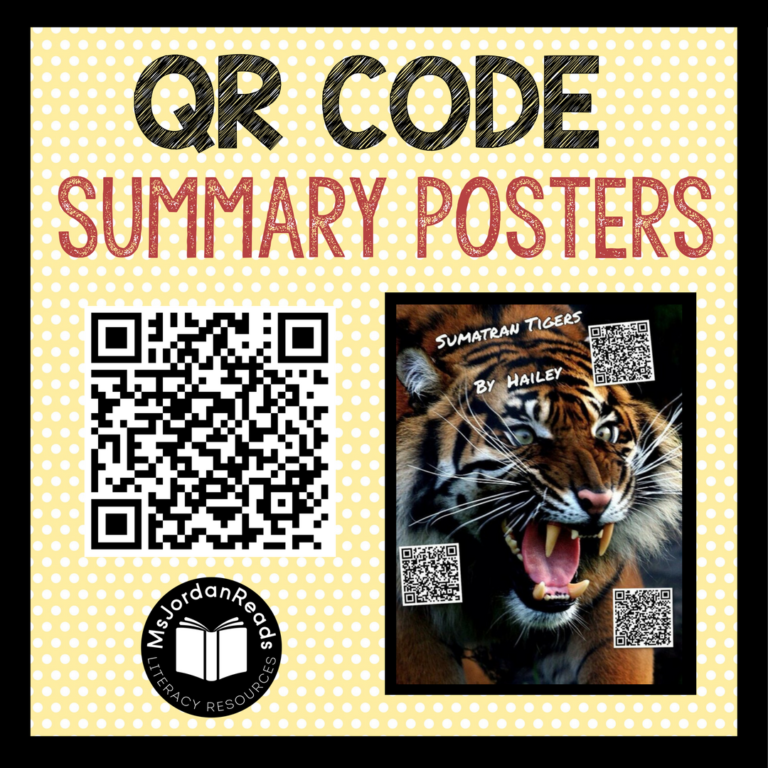
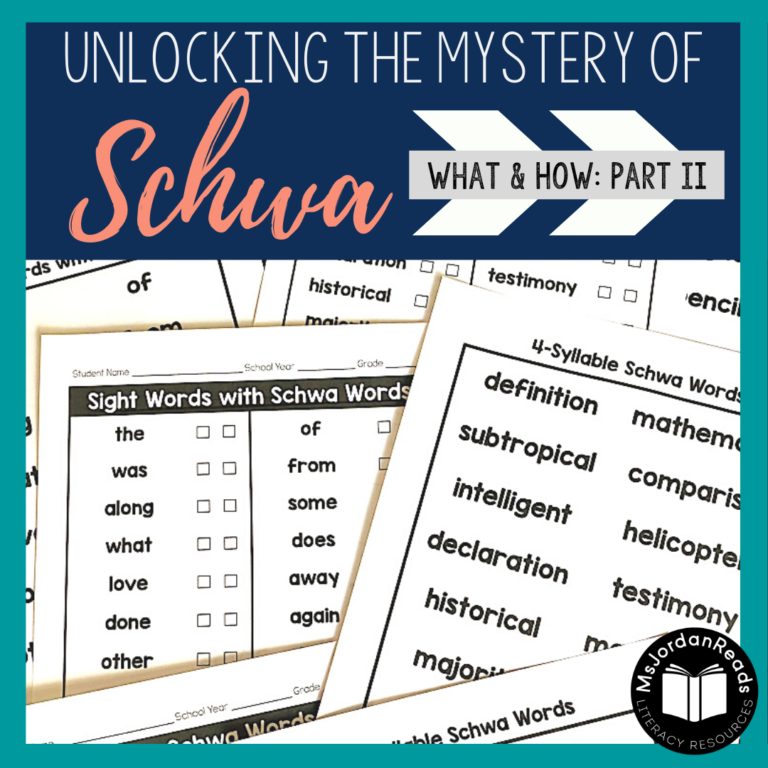
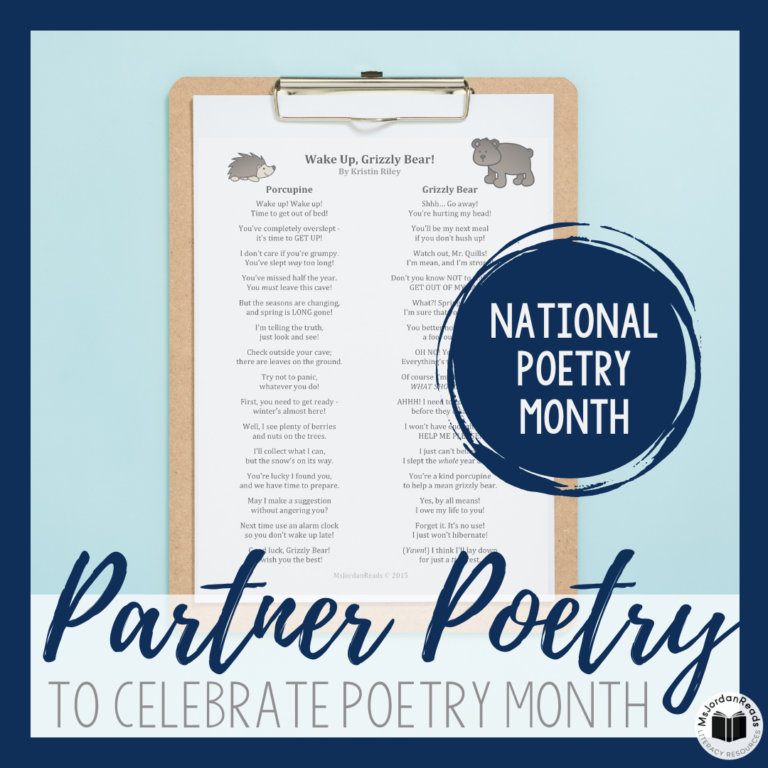

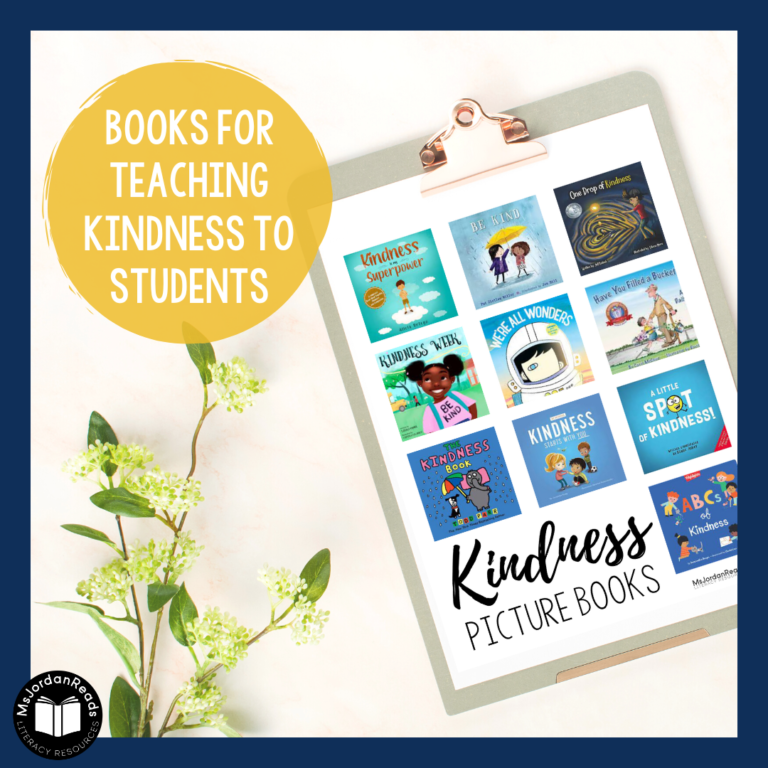
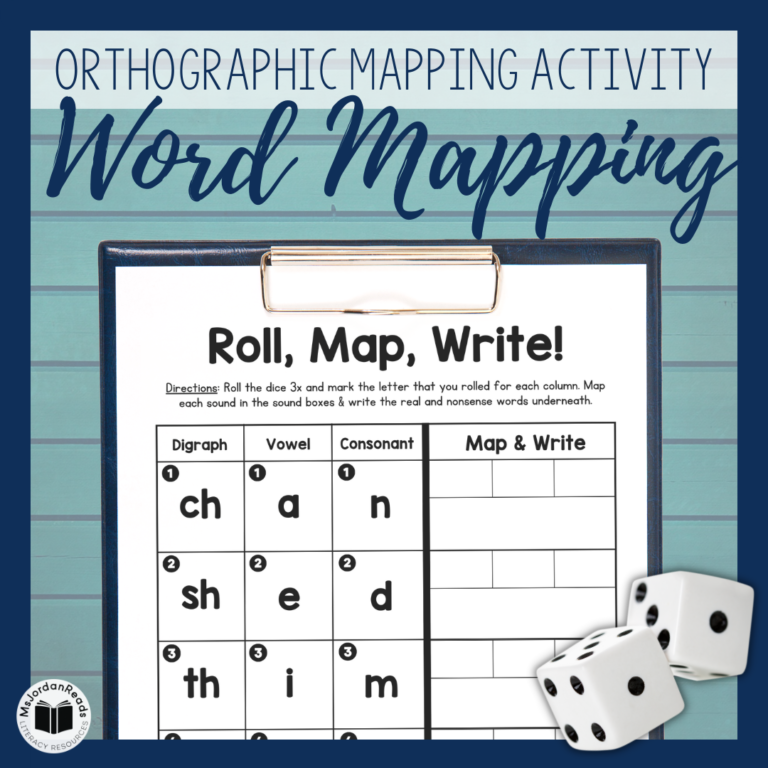
Great freebie, thanks!